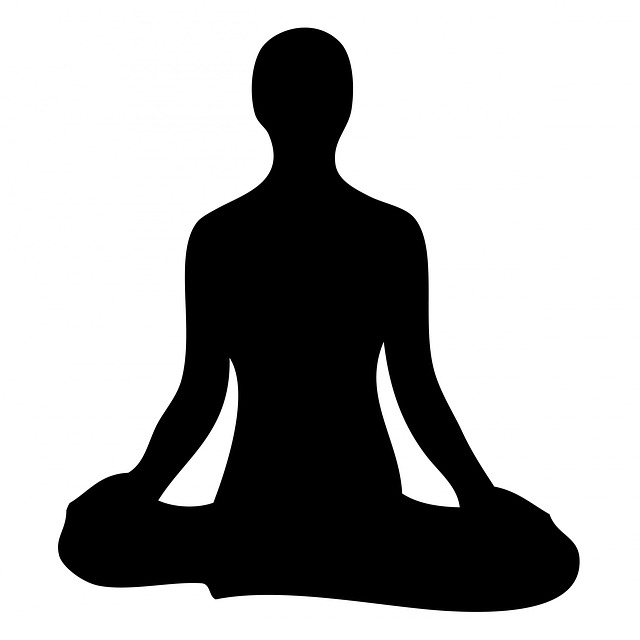During my upcoming trip to Burma, I will be leading daily meditation sessions for my study group. Most of these fellow travelers have only a minimal familiarity with meditation. We will be spending three days in a Meditation Centre, so our meditation sessions ahead of time are meant to help all of us get ready for those austere days (waking at 4am; eating our last meal at 10:30am), meditating much of our waking hours, with some yoga thrown in for good measure. I wrote the following trauma-informed protocol to help establish a safe environment. Please share it as you find helpful.
Suggestion for Trauma-Informed Support System During Silent Meditation
Karen G. Johnston, LCSW, CEIS
Candidate for the Unitarian Universalist Ministry
December 2014
For those for whom meditation is the chosen path, typically the guidance is to observe emotional content – do not feed or explore it, do not try to assign meaning, and let it run its course. However, this is not always possible.
It is not necessarily a trauma-informed approach, particularly if a person does not have the skills to do so or if a particular group is more of a “spiritual explorer” without a spiritual commitment to this path. Then, such an approach may be more than should be asked.
So I encourage the following approach.
- Set up a system for writing notes to the “teachers” or identified support person. This maintains the silence but allows those who have to communicate a need or to ask a question the ability to do so. Just the fact of this kind of system can ease anxieties even if it is not used.
- Identify someone in the group who is willing to have their meditation interrupted (or more explicitly, their Bodhisattva service is to be available to others throughout the meditation course.) Be sure that everyone knows who that person is and trusts that to interrupt them, even while they meditate or are sleeping, is their offering/ministry. Ideally, this person has some knowledge/skills around pastoral care.
- If someone is overwhelmed with emotional content (terror, doom, despair, etc.) or trauma flashback/memories, encourage them to
- open their eyes; and
- connect with their body in the now
- If this is insufficient, then
- move in place (possible ideas: stretch arms, realign the sitting position, stretch neck and head, be sure to open the chest area for strong breathing)
- move: walk around (this may be within the meditating room, or leaving it altogether)
- Lastly, if none of this has been sufficient
- seek help from the identified support person
- Lastly, if none of this has been sufficient
- seek help from the identified support person
- if that person is not accessible, seek help from an unidentified support person
I checked this by several folks — a trauma expert, the founding teacher of my sangha — and they gave it their approval. My teacher even encouraged further disengagement as necessary:
“The most important thing is not to push it and keep trying to meditate. Backing off is very much part of the practice. That means if something is feeling overwhelming or if we find we are struggling too much then it is really important to take a break.”

